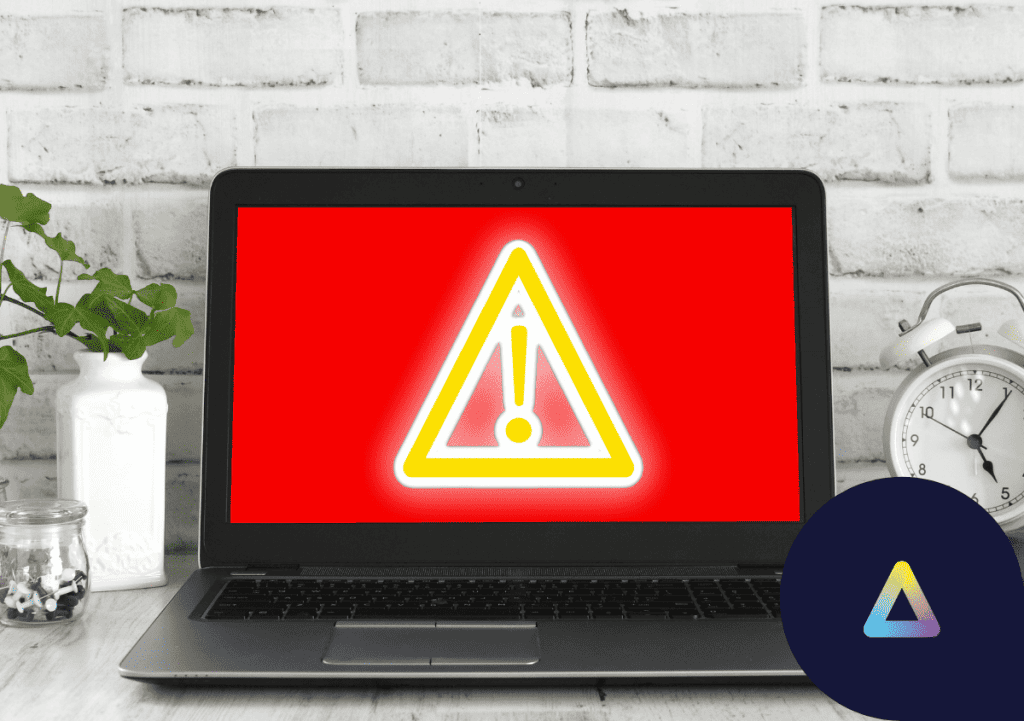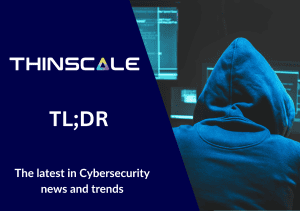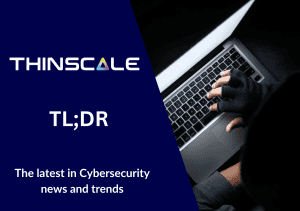The fear of a security breach occurring on their watch is sure to keep IT admins up at night. Nowhere are the chances of that happening more pronounced than in a Work at Home (WaH) environment.
Remote working is not going away, however. COVID-19 made it an operational imperative, and it provides many benefits to employees and organizations alike.
With more and more organizations making WfH a core operational pillar, that leaves IT to develop remote work policies and tools that safeguard against cyber attacks and data leaks.
Common Work from Home Security Risks
Remote working carries the risk of multiple hazards with profound implications, primarily when employees use their personal devices to access corporate networks. When issues go unchecked, exposure to potential threats becomes a genuine possibility.
The most common threats include phishing, ransomware, spyware, zero-day attacks, data theft, and sabotage — and their prevalence since COVID-19’s onset is substantial.
A 2021 study by HP Wolf Security, Blurred Lines & Blindspots, of 1,100 IT decision-makers regarding remote work cybersecurity risks revealed the following:
- 54% saw an increase in phishing.
- 56% reported a rise in web browser-related infections.
- 44% said compromised devices were used to infect the wider business.
- 45% saw an increase in compromised printers used as an attack point.
“As the lines between work and home have blurred, security risks have soared, and everyday actions such as opening an attachment can have serious consequences,” remarked Joanna Burkey, chief information security officer, HP Inc., in the report.
How WfH Security Breaches Happen
Remote work employees are often the weakest link in the cybersecurity chain. Their oversights can open the door for malicious threat actors to access a company’s network and its customers’ personally identifiable information.
A few ways that can happen include:
Out-of-date software. Outdated software opens security holes, leaving a back door to the company’s network.
Unsecure home network connections. Employees may remember to update their devices and antivirus software but overlook their home wireless network.
Weak passwords. Use of weak passwords is one of the most common and egregious human errors.
People in the home. As surprising as it may seem, not everyone present in a home is trustworthy. Family members can overhear private discussions and see a client’s intellectual property on computer monitors. Therefore, companies should consider employees’ homes as zero-trust environments.
Damage to Organizations from Security Breaches
High security and data protection levels are the number one priority for prospective clients when considering outsourced contact centers and BPOs. Clients also expect BPOs to meet strict PCI, HIPAA, and GDPR compliance standards regardless of location.
Without proper security and compliance measures, data breaches can run into the multiplied millions. Fines imposed from lack of compliance escalate that number.
Financial loss aside, companies also face significant long-term damage to their brand’s reputation. When a data breach leading to stolen credit card information occurs, customer loyalty plummets and trust goes down the drain, taking years to repair.
Steps to Mitigate WfH Security Risks
Leaving security gaps is certainly not the work at home employee’s intention. Still, lack of proper training and endpoint hardening against threats can leave them unaware of and vulnerable to cyberattacks.
How then does the IT department safeguard both the end-user and organization? By taking the following steps:
Conduct a remote work cybersecurity assessment. Organizations must assess any cybersecurity risk that could exist in a work at home BYOD environment and develop a framework they follow to the letter.
Document policies and procedures. The IT department should document all cybersecurity plans, policies, and procedures, updating them regularly.
Train employees to be security aware. Educate all employees on internal security policies and proper use of computers for work purposes. Conduct an annual checkup to confirm the workforce is up to date on any changes.
Update processes. When accessing any systems that deal with client data, remote employees should go through rigorous multi-factor authentication protocols. Also, implement a clean desk policy to prevent employees from bringing pens, paper, mobile phones, or other capturing devices into their workspace.
Harden endpoints with the latest software. The HP Wolf Security report stated that 91% of IT decision-makers believe endpoint security is just as important as network security. It’s vital then that companies provide all employee devices with robust firewalls and virus protection, continuously updating them to the latest versions.
Implement a secure workspace environment. Anti-virus software is not enough on its own however. A purpose-built, secure workspace environment can turn a non-corporate or personal Windows machine into a secure, PCI industry-standard, HIPAA, and GDPR compliant BYOD device. This prevents malicious software from running in the first place, and protects yourorganization against intentional and unintentional data leaks.
ThinScale’s Secure Remote Worker is the contact center’s leading choice for truly secure virtual environments, protecting remote and on-site employees. The software-only solution provides a locked-down workspace where remote agents can safely access corporate resources, apps, and data. IT admins can manage the secure workspace remotely and update or configure security policies in real-time.
Download this datasheet for details on how Secure Remote Worker can protect your WaH environment, or book a demo to see it in action.



